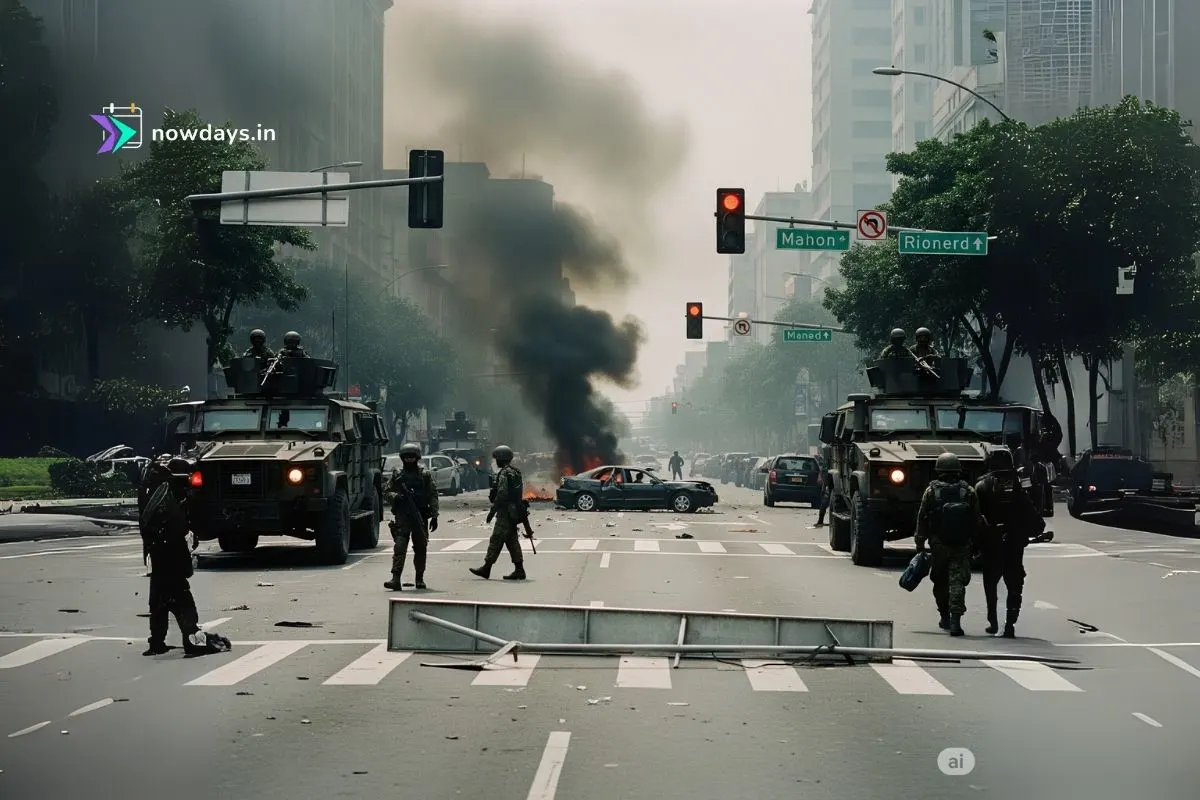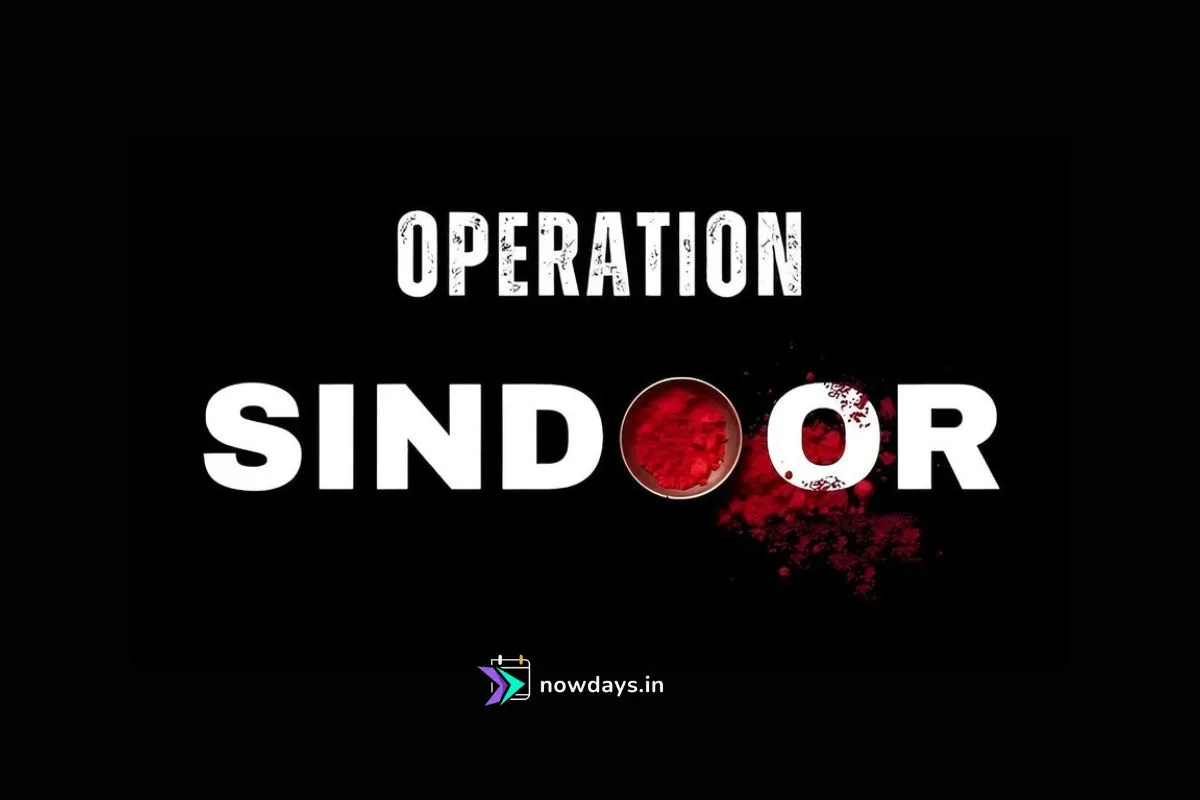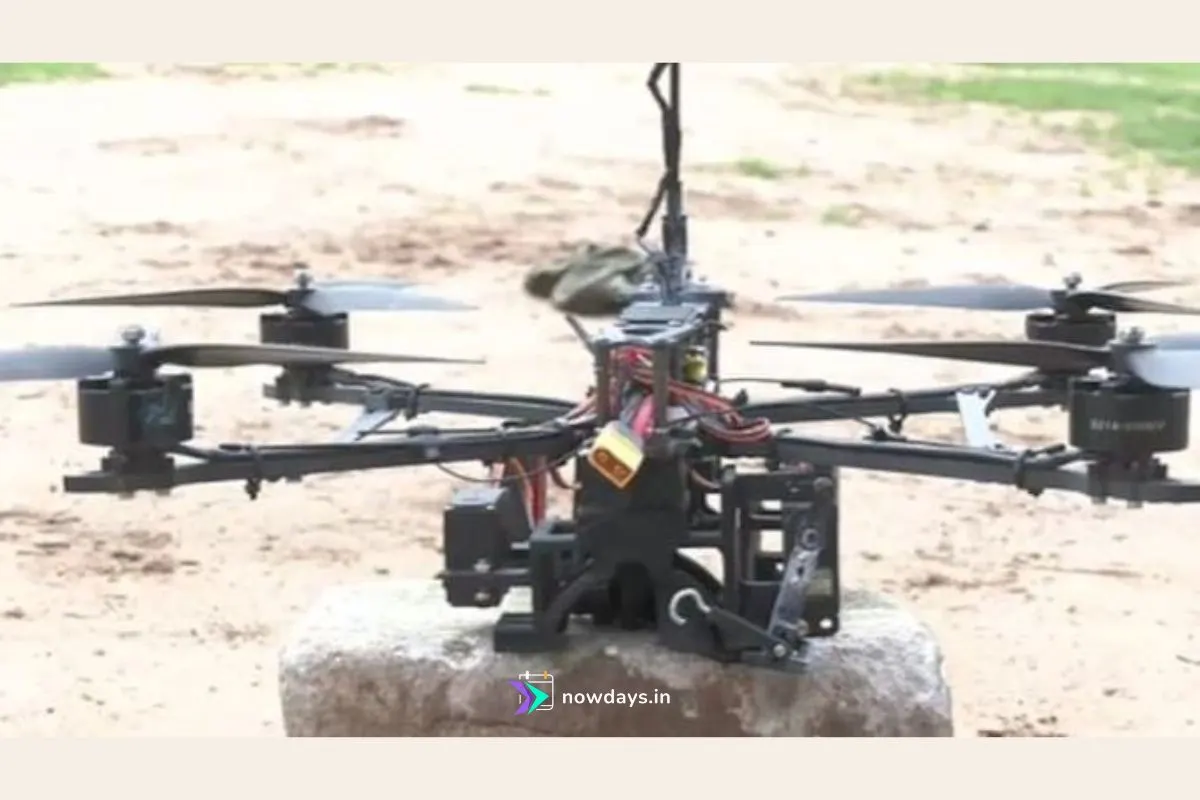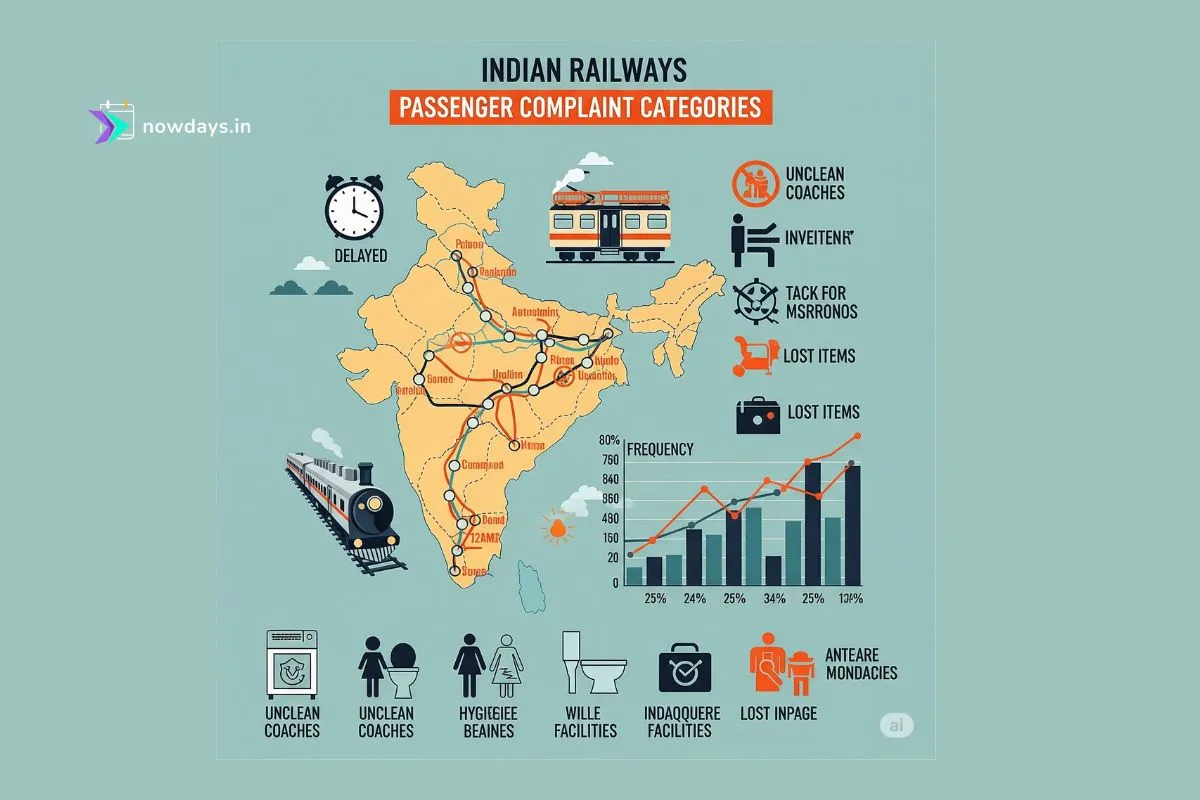Thai soldiers inspect a mined border area in Ubon Ratchathani province on July 20, amid escalating clashes with Cambodia. The Thai military’s Border Defence Command announced martial law effective immediately in eight eastern districts – seven in Chanthaburi province and one in Trat province – citing the need to counter “Cambodia’s use of force” on Thai territory.
The order, signed Friday by Commander Apichart Sapprasert, said military deployment was necessary to protect Thailand’s sovereignty, integrity and citizens’ lives. (Districts under martial law include Mueang Chanthaburi, Tha Mai, Makham, Laem Sing, Kaeng Hang Maew, Na Yai Am and Khao Khitchakut in Chanthaburi, and Khao Saming in Trat.)
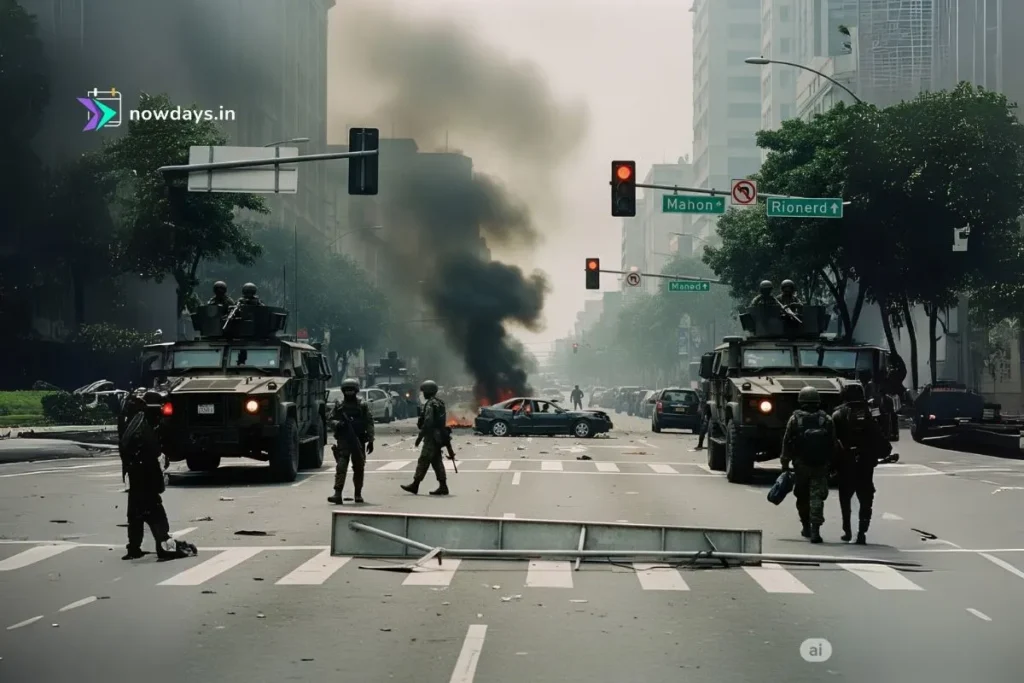
Border Clashes Escalate
The move comes after a sudden flare-up of a long-standing border dispute around ancient temples near the frontier. In recent days Thai and Cambodian forces exchanged rocket and artillery fire near the Preah Vihear/Prasat Ta Muen Thom temple area. Thailand reported heavy Cambodian bombardment of border villages and accused Phnom Penh of launching “barbaric” attacks on schools and hospitals.
Cambodia in turn denied targeting civilians and blamed Thailand for using cluster munitions. In Thailand at least 15 people have been killed (14 civilians and one soldier) and dozens injured, and 138,000 people were evacuated from border towns, authorities say. Residents describe frantic escapes – “We are scared… shooting began again at about 6:00 am,” one villager said as his family fled to a Buddhist temple.
Government Response
Acting Prime Minister Phumtham Wechayachai strongly condemned Cambodia’s actions. He accused Phnom Penh of initiating the fighting and said the attacks were “appalling” violations of international law. “This constitutes a serious violation of international law,” Phumtham said, warning the situation “could develop into a state of war” if hostilities continue. The Thai foreign ministry echoed this stance, accusing Cambodia of indiscriminate shelling and declaring that only a ceasefire based on “appropriate on-the-ground conditions” would be considered.
Thai officials noted they had received mediation offers from the U.S., China and Malaysia – but said they preferred direct bilateral talks. So far, major opposition parties have largely stayed in the background, focusing on national unity; civil society groups, meanwhile, urged protection of civilians and noted that martial law grants wide military powers, potentially including curfews, censorship and movement restrictions.
International Reaction
Global and regional powers have called for calm. The UN Security Council scheduled an emergency session to discuss the crisis, as “multiple major powers” demanded an immediate ceasefire. The European Union voiced deep concern and urged both sides to de-escalate, while France condemned the violence and urged an end to the fighting.
China’s Foreign Minister Wang Yi also expressed distress at the casualties and called for the situation to be handled “calmly and properly” (via media). ASEAN chair Malaysia’s prime minister Anwar Ibrahim proposed a ceasefire, which Cambodia’s Hun Manet said Thailand initially agreed to before reversing its position. The United States and India similarly called for restraint and offered mediation (a US statement urged an “immediate cessation of attacks”).
Read more: As MAGA Revolt Over Epstein Files Intensifies, Is Trump Administration Under Threat?
Foreign governments issued travel warnings: for example, India’s embassy warned nationals to avoid the conflict zone in eastern Thailand, and the UK’s Foreign Office advised against all but essential travel within 50 km of the Cambodia border.
Thailand itself ordered all border crossings with Cambodia closed, and tourism sites near the border – including disputed temples like Khao Phra Wihan/Preah Vihear – have been shut. Hong Kong and Singapore have also updated advisories to warn citizens away from the border area (along with Thailand’s usual travel warnings for its restive south).
The unrest has displaced tens of thousands: Thai villagers rest at an evacuation shelter in Surin province on July 25, 2025, after fleeing the fighting near the Cambodia border. Many of those uprooted are now in makeshift camps and temples, aided by the Red Cross and local volunteers. The government has set up hundreds of evacuation centers. Western travel advisories caution that under martial law authorities can detain suspects without charge, impose curfews, and censor media – measures not yet fully invoked but noted by observers as possible.
Tourism, Investment and Regional Impact
Analysts say major tourist spots like Bangkok, Phuket or Chiang Mai – far from the border – remain safe and open. A Bloomberg assessment notes that the border fighting poses limited short-term risk to Thailand’s overall trade and tourism, since it is localized in remote areas. Bangkok’s stock market has largely shrugged off the news and the baht is steady. However, border closures and precautions may dent tourist arrivals to the northeast and reduce border trade with Cambodia in the near term. Insurance companies and airlines have updated routes and coverage accordingly.
For Southeast Asia, the clash is the most serious escalation in years. Cambodia has mobilized its own reserves and border defenses, while ASEAN countries (especially Laos and Vietnam, which border Cambodia) are watching nervously. ASEAN has not formally intervened but is holding emergency meetings in Kuala Lumpur. The clashes have even sparked social media nationalist fervor: exiled Thai former PM Thaksin Shinawatra publicly taunted Cambodia, prompting responses from Cambodia’s Hun Sen, highlighting how the dispute has resonated far beyond the battlefield.
Historical Context: Coups and Martial Law in Thailand
Thailand has a history of frequent military interventions. In the past 20 years it endured two coups: the army ousted populist PM Thaksin Shinawatra in 2006, and again seized power in 2014 under Gen. Prayut Chan-o-cha. Each coup was followed by years of military influence and new constitutions (e.g. elections returned civilian rule by 2007 and 2019, respectively).
Thai law permits martial law in times of emergency, and it has been used repeatedly, from crackdowns on Bangkok protests to the long-running Muslim insurgency in the deep South. (Currently the southern provinces of Pattani, Yala and Narathiwat remain under martial law and curfew due to separatist violence.) The declaration on July 25 echoes the 2014 post-coup proclamation but is so far limited to border areas.
- Timeline of recent Thai military rule:
- 2006: Military overthrows PM Thaksin amid Yellow-Shirt protests. Civilian government restored after new elections in late 2007.
- 2014: Army chief Prayut announces martial law and seizes power (coup), deposing the caretaker government. New constitution enacted and elections held in 2019 under Prayut’s pro-military party.
- 2007–present: Southern provinces (Narathiwat, Pattani, Yala, parts of Songkhla) have been under continuing martial law due to a Malay-Muslim insurgency.
Read more: What sectors will benefit the most from this FTA in both India and the UK?
Possible Scenarios Ahead
Given the volatility, analysts outline several paths:
- Rapid ceasefire and lift: If Cambodia and Thailand heed ASEAN mediation (e.g. Malaysia’s proposal) and agree to de-escalate, martial law could be lifted within days or weeks. A truce could allow displaced civilians to return home, aid flows to resume, and Thailand’s political calendar (general elections expected by early 2026) to stay on track.
- Prolonged conflict: Should fighting continue or expand, martial law could be extended indefinitely. This would give Thailand’s military extensive powers nationwide, potentially delaying elections and curtailing civil liberties. Critics warn that invoking martial law even temporarily risks creating pressure to keep it in place longer, as happened after past coups.
- Negotiations and reforms: A longer-term resolution might involve ASEAN or UN facilitation. Thailand has insisted on bilateral talks, but outside mediators (USA, China, ASEAN) could broker a deal. The incident could also spur renewed efforts on the thorny border demarcation and landmine issues that ignited the clash. In the best case, confidence-building measures (like mutual troop withdrawals, temple protection arrangements, or joint border commissions) could emerge.
At this writing, the situation remains fluid. Thailand’s civilian government is under intense pressure to restore security, while Cambodia’s leadership insists on Thai accountability. Tourists and foreign investors are advised to stay away from the border region. “We were so scared,” said one evacuee, reflecting the ordeal of civilians caught between armies. The coming days will be crucial in determining whether the crisis subsides or spirals further.
Sources: Official Thai announcements and news agency reports among others. All information is drawn from verified media and government releases.
